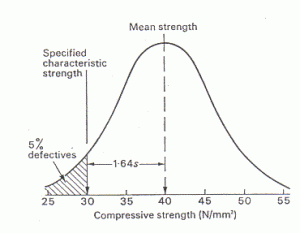Modulus of Elasticity vs Modulus of Rigidity |Elastic Modulus vs Shear Modulus
Modulus of elasticity and modulus of rigidity are two properties of matter. These properties are very important in designing and implementing mechanical and structural designs. These concepts are very important in understanding the proper mechanics and statics of solid systems. To have a clear understanding in fields such as engineering and physics, a clear understanding in these concepts is required. In this article, we are going to discuss what modulus of elasticity and modulus of rigidity are, their applications, definitions of modulus of elasticity and modulus of rigidity, their differences and finally the difference between these two.
Modulus of Rigidity (Shear Modulus)
Shear stress is a deformation force. When a force is applied tangential to a solid surface, the solid tends to “twist”. For this to happen, the solid must be fixed, so that it cannot move in the direction of the force. The unit of shear stress is Newton per meter squared or commonly known as Pascal. We know that Pascal is also the unit of pressure. However, the definition of pressure is the force normal to the surface divided by the area, whereas the definition of shear stress is the force parallel to the surface per unit area. Torque acting upon a fixed object can also produce shear stress. By definition, not only solids but also fluids can have a shear stress. Objects have a property called the shear modulus, which tells us how far will the object twist for a given shear stress. This depends on the shape, size, material and temperature of the object. Shear stress of constructions and automobile engineering plays a main role in designing and implementing the design.
Modulus of Elasticity
Elasticity is a very useful property of matter. It is the ability of the materials to return to their original shape after any external forces are removed. It is observed that the force required to keep an elastic rod stretched is proportional to the stretched length of the rod. Modulus of elasticity is the tendency of an object to deform elastically when an external force is applied. The definition of the elastic modulus is the ratio of stress to the strain. The stress is the restoring force caused by the deformation of the molecules. Stress is given as a pressure. Strain is the ratio of the deformed length to the original length of the object. Strain is a dimensionless quantity. Therefore, modulus of elasticity also has the dimensions of stress, which is Newton per square meter or Pascal.



